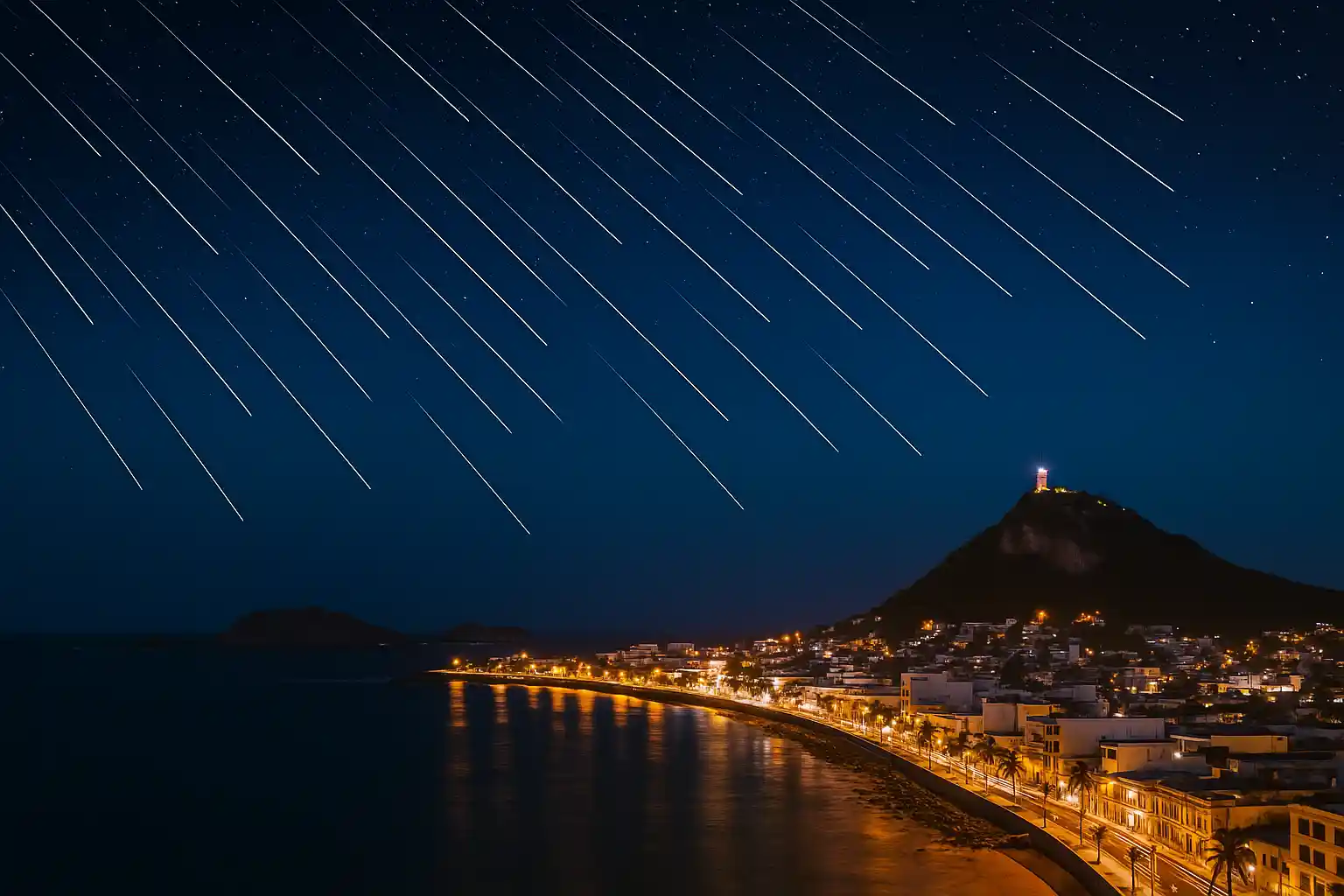Each October, as the air cools and the northern skies begin to shimmer, the heavens put on one of their most poetic performances — the Draconid Meteor Shower. This celestial event occurs when Earth glides through the stream of dust and debris left behind by the 21P/Giacobini-Zinner comet, a visitor from the outer reaches of our solar system that orbits the Sun every 6.6 years.
Unlike most meteor showers that are best observed after midnight, the Draconids are unique — they tend to shine brightest in the early evening hours, making them an accessible wonder for families, children, and casual skywatchers. As twilight fades, faint streaks of light begin to appear, radiating from the Draco constellation, which coils around the North Star.
This year, the Draconids will grace our skies from October 6 to 10, reaching their peak activity on the night of October 8. Though this shower is often described as mild — typically producing 5 to 10 meteors per hour — it has surprised astronomers in the past with sudden outbursts of up to a thousand meteors in a single night. Such rare displays were recorded in 1933 and 1946, transforming the sky into a cascade of light, earning the Draconids their nickname: “The Dragon’s Breath.”
The name “Draconids” is derived from the constellation Draco, meaning “The Dragon,” a northern constellation steeped in mythology. In ancient Greek legend, Draco represented Ladon, the dragon who guarded the golden apples of the Hesperides, later placed among the stars by Zeus himself. Fittingly, each flash of a Draconid meteor feels like a spark from the dragon’s fiery breath streaking across the night.
To experience the Draconids at their best, find a dark, open space away from the city lights — Mazatlán’s beaches and hilltops offer perfect vantage points. Lie back, allow your eyes to adjust to the darkness for at least 20 minutes, and gaze toward the northern sky. You won’t need telescopes or binoculars; the beauty of this phenomenon is in its simplicity — the quiet magic of looking up and catching a fleeting piece of a comet’s trail burning through Earth’s atmosphere.
While many meteor showers are tied to grand scientific observation, the Draconids invite something more personal — a moment of reflection and connection with the cosmos. Each streak of light tells a story that began thousands of years ago, a reminder that even in the vastness of the universe, beauty and wonder are never out of reach.
So this October, whether you’re on the beach, your balcony, or the Malecón, take a moment to look up — the Dragon returns to the sky, and with it, the timeless enchantment of the stars.



